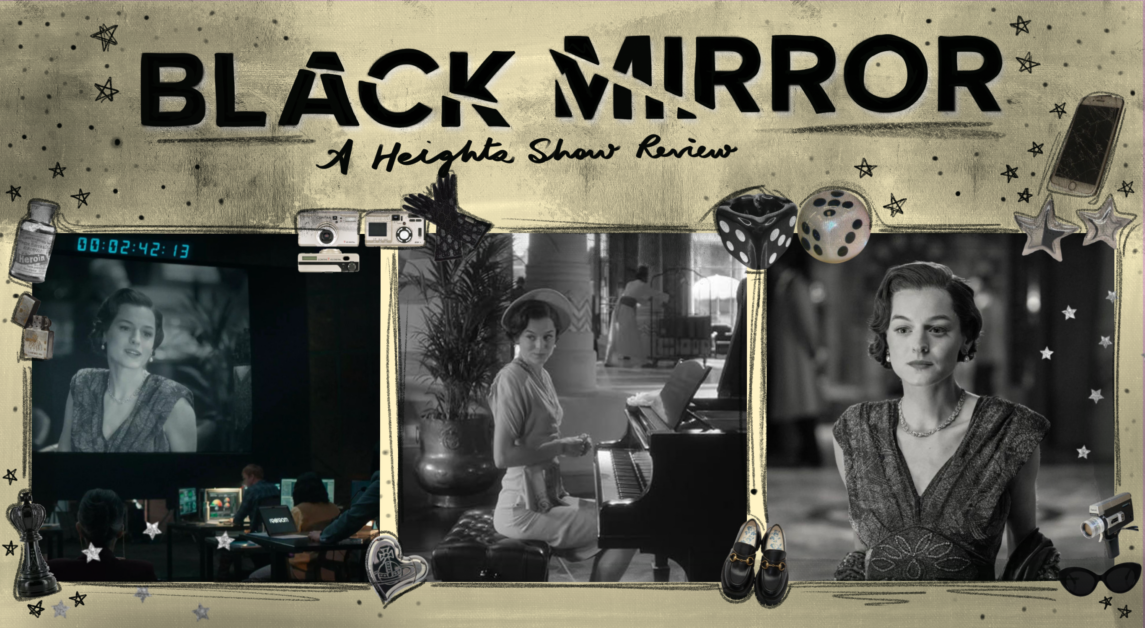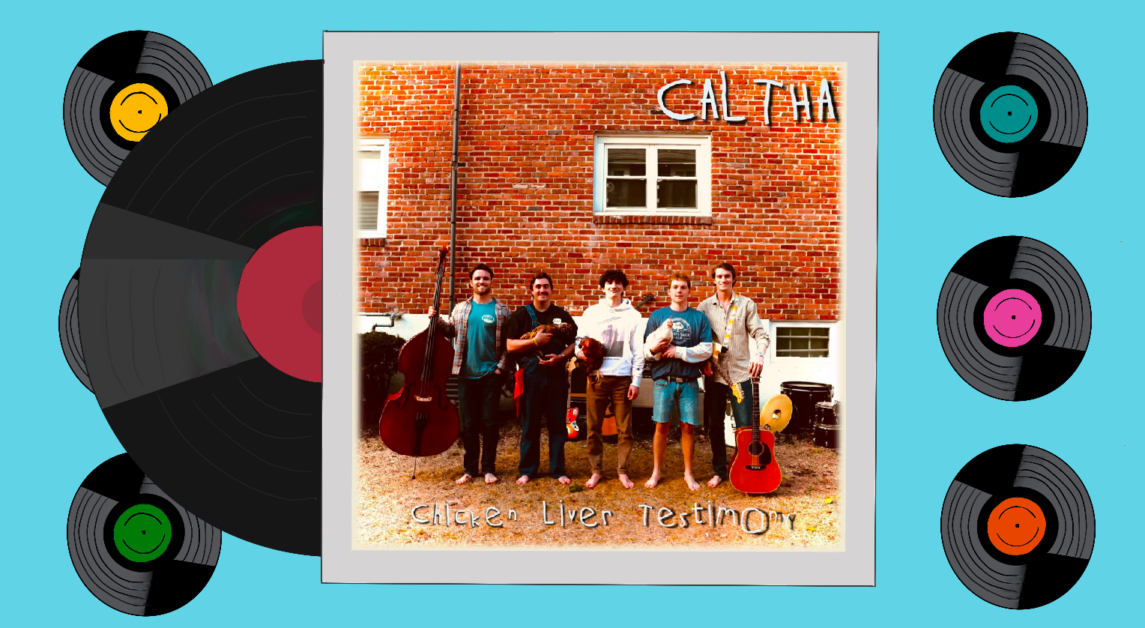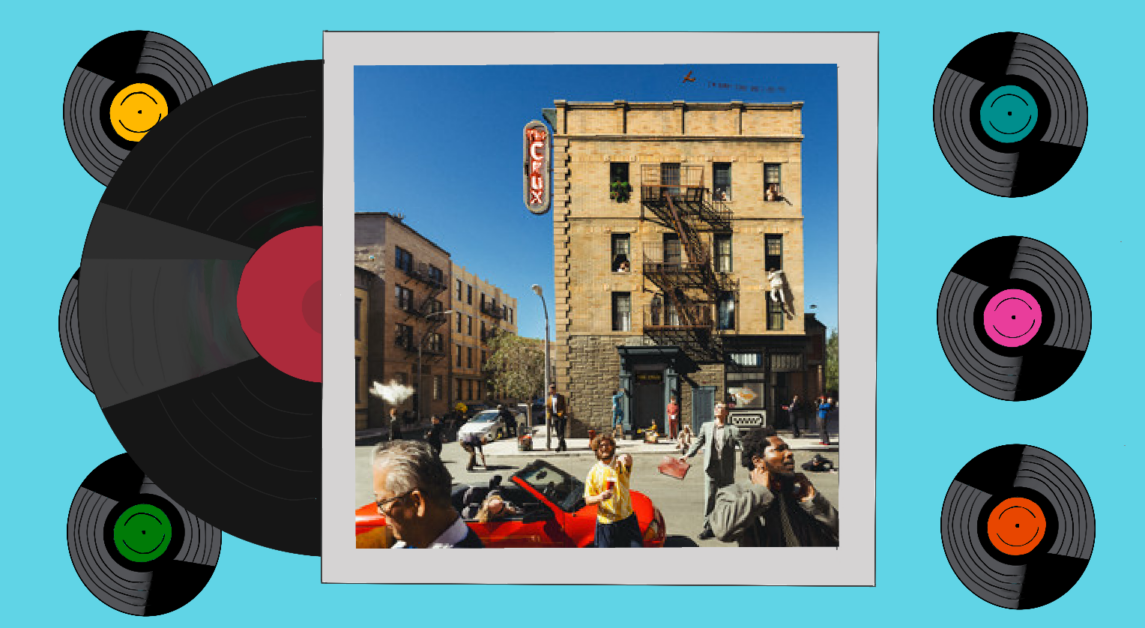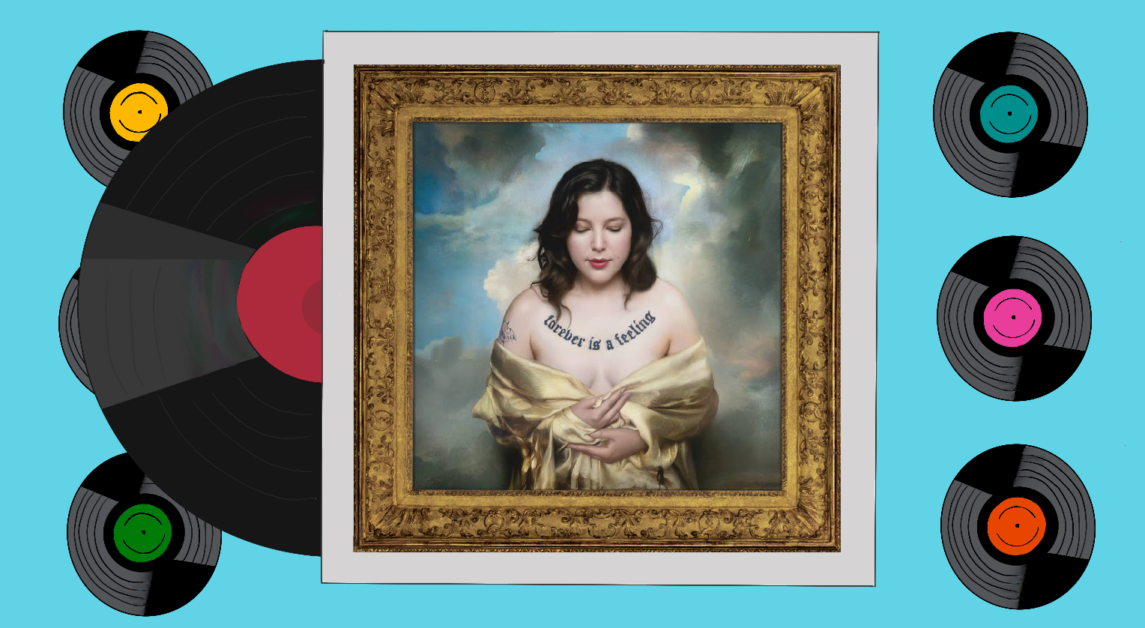
Jerry before Seinfeld. It seems like an oxymoron. Although the longtime comedian who made us ask ourselves “What’s the deal with airline food?” had his bits on Johnny Carson and other late night television shows doing stand up, it is when he began his work on Seinfeld that he became a household name. But his latest Netflix special, Jerry Before Seinfeld, opens viewers up to the world before he proved you could make television about nothing. Interspersed with home videos and interviews looking back, Seinfeld recounts some of the things that shaped him, and a few events and stories he has gotten a kick out of along the way. Seinfeld performs his act in the Comedy Club in Manhattan, where he began telling jokes all those years ago.
The special chronicles Seinfeld’s history, while interjecting with the development of some of his most well-known jokes. He started as one of the regulars in the Comedy Club back in 1976. Even though it was located in Manhattan, he said it felt very Long Island, because it didn’t represent the “cool Manhattan.” He reminisced with two of his comedian friends, Mark Schiff and Jimmy Brogan, about how they would wait for the days to pass and for the nights to come—”their time.”
Before he went into his growth in the comedy world, Seinfeld went all the way back to his childhood. He claims his first words were “Leave me alone.” He got this phrase from when he was a little boy and would run around the house, knocking over lamps that stood in his way. His family would tell him, “Leave it alone,” when he knocked over a lamp, and the idea stuck.
He compares his childhood in the ’60s to the life of wild dogs. He shares there was no knowledge of nutrition, education, or safety. There weren’t any helmets, seatbelts, or restraints. The kids just flew through the air. He claimed he was either eating 100 percent sugar or he was airborne. The beauty of the time was that there was no idea or interest—until Cookie Crisp blew it for everyone.
Although his life, family, and world were drama-free as the comedian grew up, Seinfeld is able to look back at the simplest things and make jokes that are relatable to the audience. While he said he believes he would have been funnier if he had grown up under different circumstances, he turns what could be considered mundane events into a great act. This idea seems to represent the genius of Seinfeld and highlights why he had become so beloved.
One joke that went over especially well with the crowd had to do with how his mother reacted to going to the wallpaper store—something deathly boring in the eyes of child. She was obsessed with the books of wallpaper and would flip through them as if the books were the Quran. Simultaneously, Seinfeld would sink to the ground in boredom. He analyzed how little kids sometimes get bored and seem to lose control of themselves and their body weight. Wherever adults do boring adult things, kids will lie down when they have had enough. He said that he believes adulthood is being able to withstand those boring events.
This life of boring adult things was exactly what Jerry wanted to avoid, so he made fun of it instead. For Seinfeld at 21, comedy was the dream, but it seemed impossible. Ever since his early years, he wanted something that would let him escape from the seriousness of life. Seinfeld emphasized his priorities when it comes to comedy, something apparent in his more recent remarks about college campuses and the devolution of comedy. For him, he didn’t care if the audience liked him, but he cared if they liked his material.
Seinfeld concludes by emphasizing how important it is for stand-up comedians to connect with the audience. Sometimes he feels like movies don’t account for the audience, and the people sitting beside someone who is confused will not help explain things to the poor soul.
He asked questions throughout his set and asked the audience if they had any questions to assist in building a connection throughout the set. This can be a risky move, depending on the type of crowd that comes in to see the show that night, but Seinfeld handled it well. He proved that it is possible to establish that connection in real time that many felt merely through his show or stand-up. Not only did the audience get to see who Jerry was before Seinfeld, but also how much the comedian values his craft, the time, effort, and love he has put into it for all these years.
Featured Image by Netflix



















